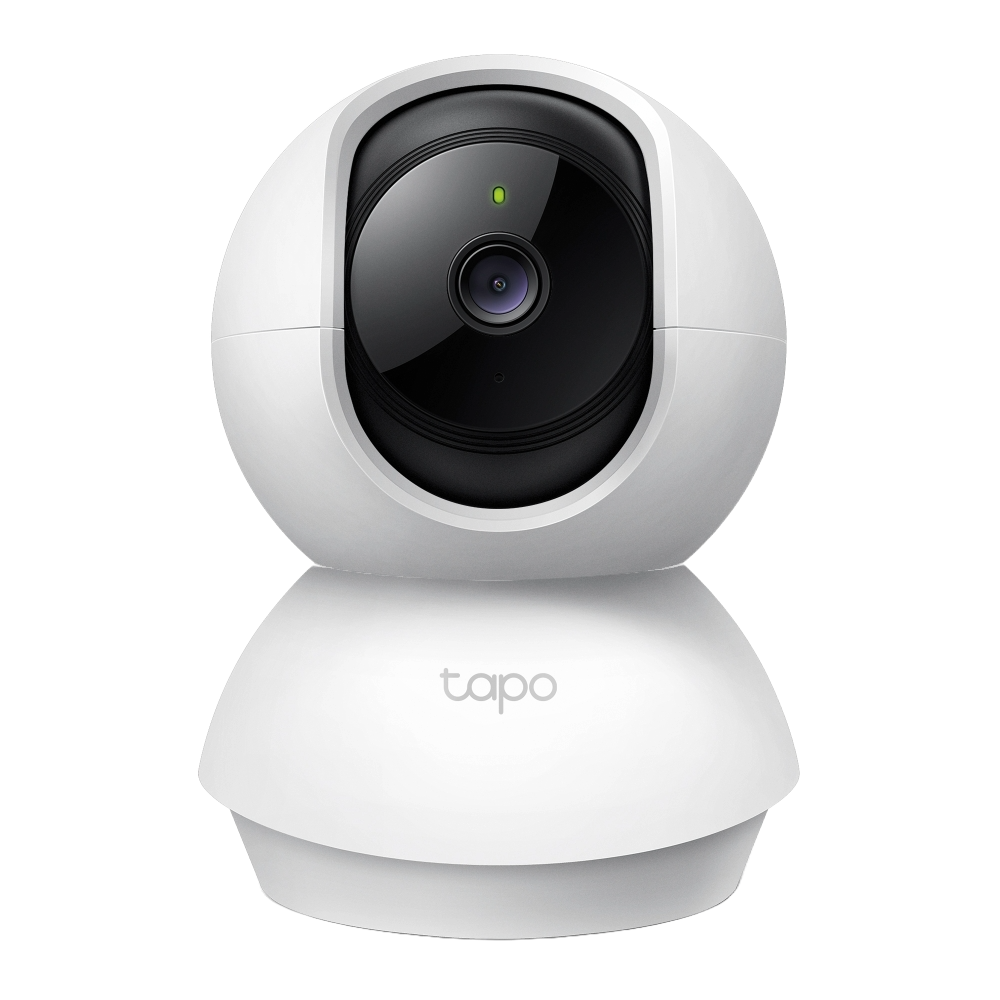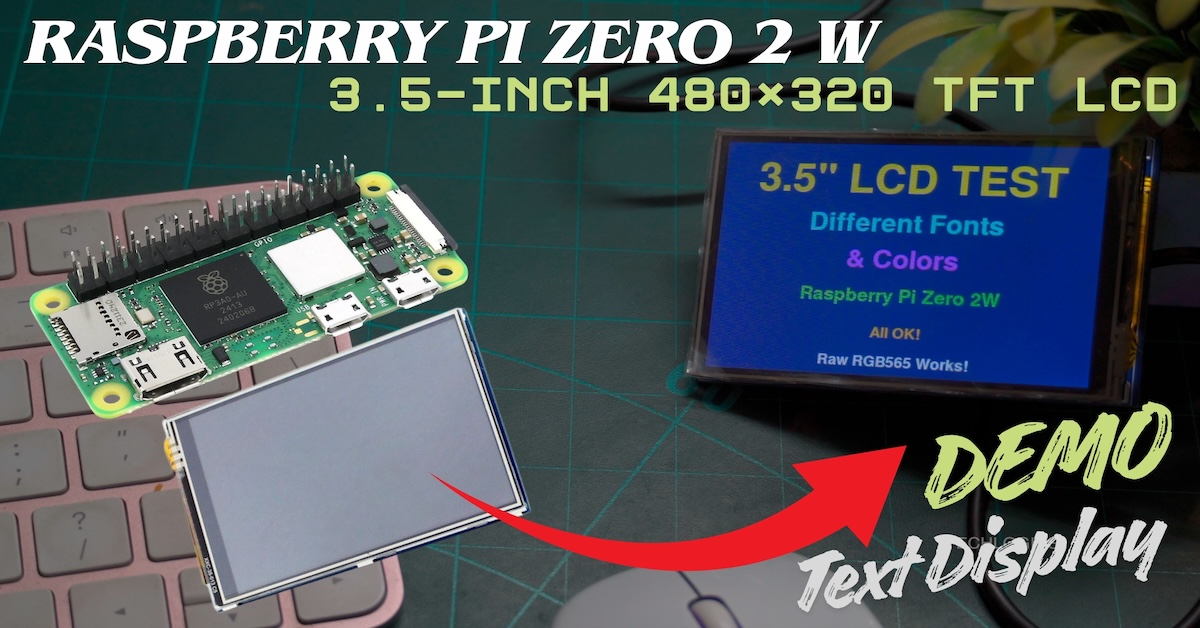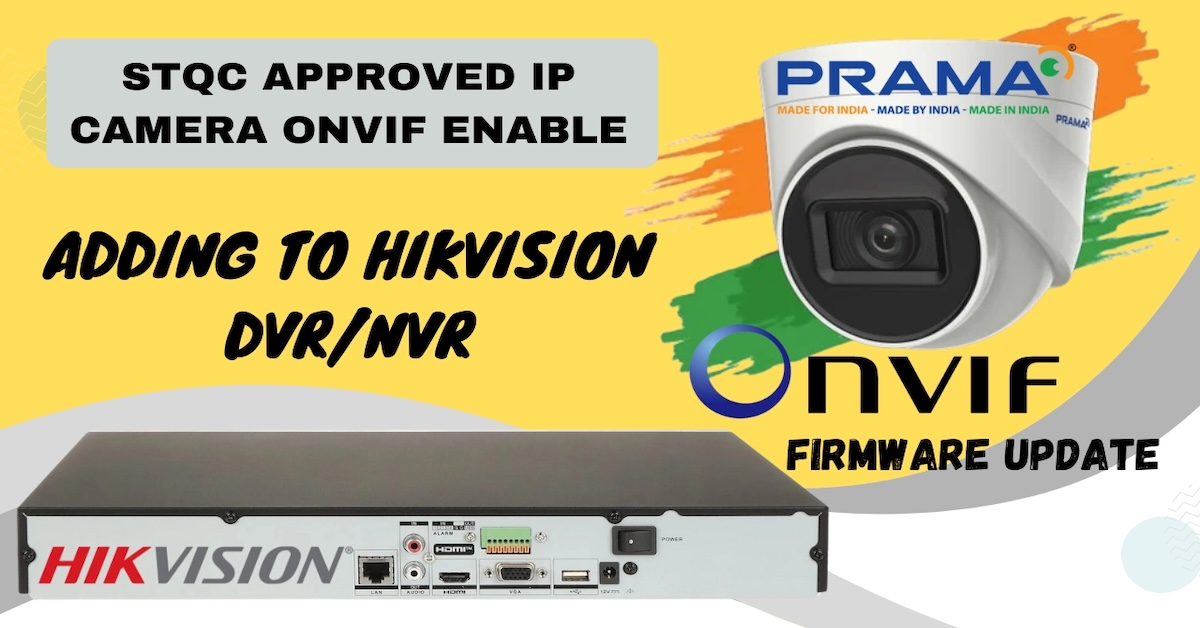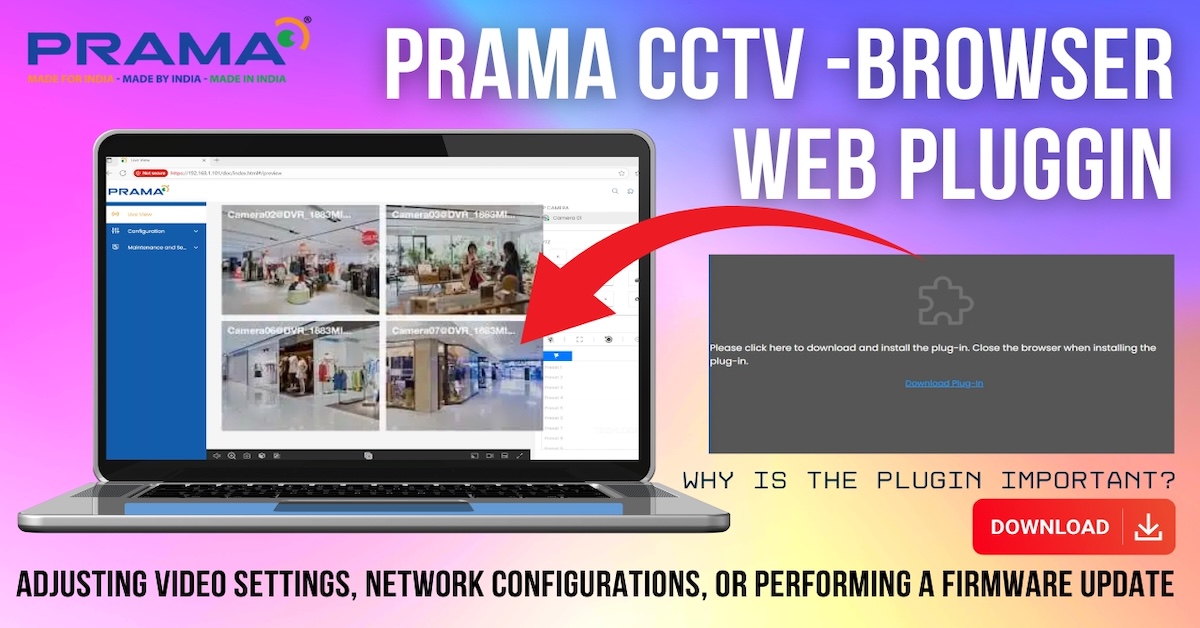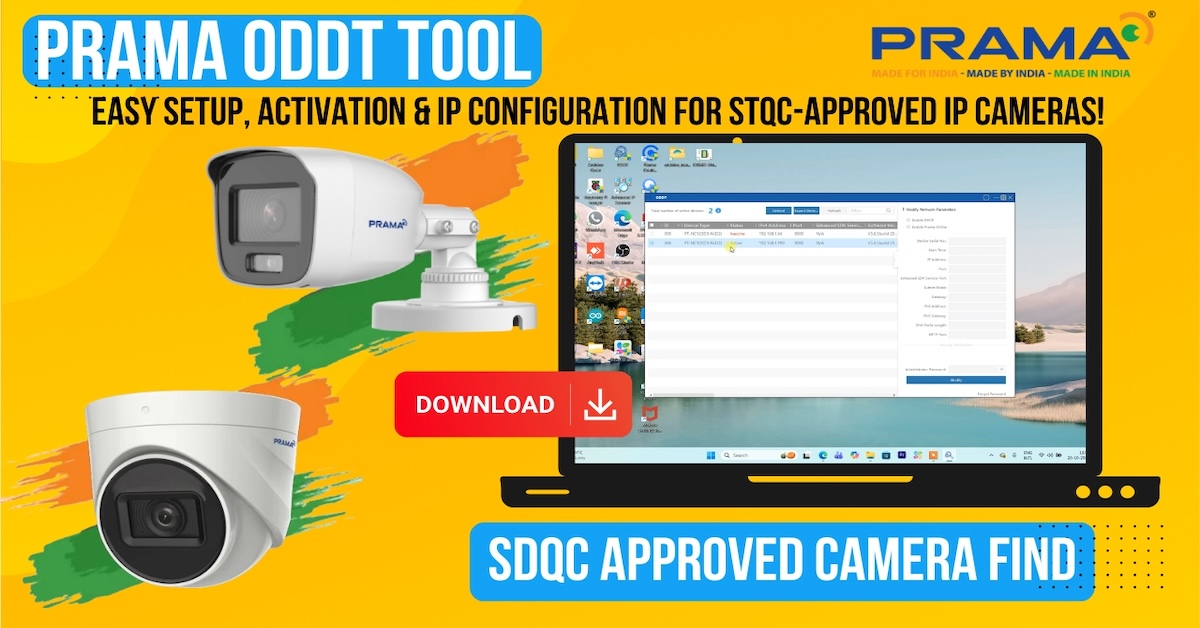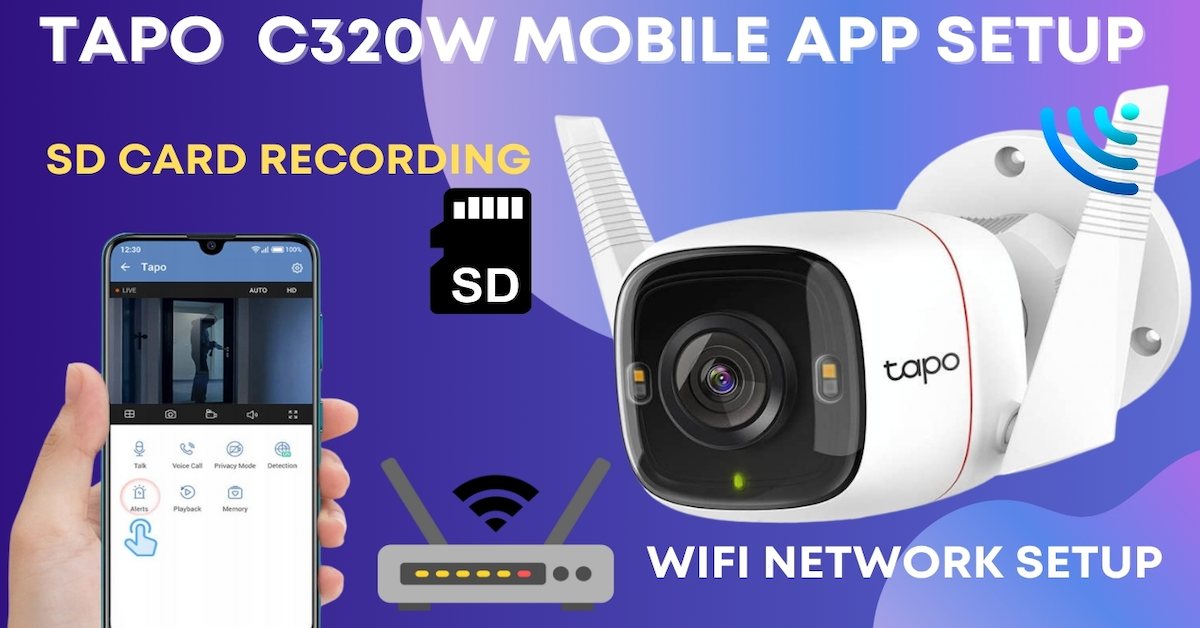In this post, we’ll walk you through the essential steps to get started with the Ezviz H7C 2K & 2K Dual Lens Wi-Fi Camera. We’ll cover everything from unboxing the camera, installing a memory card, configuring recording settings, setting up Wi-Fi, and adding the camera to the app.
Introduction to the Ezviz H7C Dual Lens Camera
The Ezviz H7C Dual Lens Camera is a cutting-edge security solution designed for modern smart homes. It features 2K dual-lens technology, offering superior video quality and enhanced monitoring. With both 2.4 GHz and 5 GHz Wi-Fi connectivity options, the camera ensures a strong and reliable signal. The motorized pan-and-tilt function minimizes blind spots, making it perfect for large spaces.
One of the standout features of this camera is its automatic tracking system. The fixed lens continuously watches key areas, while the Pan-Tilt (PT) lens locks onto and follows any person entering the frame, ensuring that no movement goes unnoticed.
Unboxing the Ezviz H7C Camera
Buy Online : Ezviz H7C Camera
Inside the box, you’ll find the camera unit, power adapter, Type-C USB cable, mounting plate, drill template, and a screw kit for easy installation. You’ll also receive regulatory information and a quick start guide to help you get set up efficiently.

Installing a Memory Card
To install a microSD card (up to 512 GB), ensure the camera is powered off. Gently lift the lens to access the card slot at the bottom of the camera, then insert the card until it clicks into place. Power the camera back on, and you’re ready to record footage.

Powering Up the Camera
Connect the camera to a power source using the provided adapter. Once plugged in, the camera will go through its startup sequence, including a full rotation of the Pan-Tilt lens and a red light indicating the boot-up process. When the red light changes to a flashing blue, the camera is ready for configuration.


Download and Install the EZVIZ App
- Download the EZVIZ App: Begin by downloading the EZVIZ app from the Play Store. The installation process should take a few minutes. Once installed, open the app and select your region.
- Register or Log In: If you already have an EZVIZ account, log in using your phone number or email. If you’re new to EZVIZ, register using either your email or mobile number. For email registration, provide your email address and create a password. Complete the captcha verification and check your inbox for a verification code to complete the process.You can also link your phone number to the account for faster logins and enable biometric authentication for added security.
- Log In and Camera Setup: Since we have an existing EZVIZ account, we can directly log in to the app and proceed to configure the camera.



Wi-Fi Configuration and Camera Setup
- Wi-Fi Setup: When configuring Wi-Fi, place the camera near your modem or router for optimal connection. Afterward, you can move the camera to its desired location.
- Adding the Camera: Open the app and click on “Add Device” or the “+” icon. Ensure the camera is in network connection mode. If not, reset the camera using the reset button. When the device selection screen appears, select “Camera.”
- QR Code Scanning: Grant the app access to your photos to allow the camera scanner to read QR codes. Locate the QR code on the camera body and scan it using the app. The app will recognize and process the camera’s configuration details automatically.
- Enable Bluetooth: To proceed, enable Bluetooth on your phone, as it is required for camera setup. Once enabled, follow the prompts to connect the camera.
- Select Wi-Fi Frequency: Choose the appropriate frequency band for Wi-Fi (either 2.4GHz or 5GHz). For stronger connectivity, choose the 5GHz band if available. Enter the Wi-Fi password to connect the camera to the network. You’ll hear a confirmation prompt once the camera is successfully connected.






Configuring Settings and Features
- Backup QR Code: Save the camera’s QR code for future configuration or network changes. This can be used to reconfigure the camera easily if needed.
- Date, Time, and Audio Settings: Configure the date, time, and date format settings, and enable audio recording if desired (off by default). You can also enable cloud storage for recorded footage during the free trial period.
- Device Naming and Location: Assign a name to your camera and designate its physical location for easy identification in the app.
- Memory Card Initialization: If using an SD card for storage, you may need to initialize it. Navigate to the camera settings and select ‘Storage medium’ under the ‘Record list.’ If the card status shows ‘Uninitialized,’ click ‘Initialize’ to prepare it for recording. Once initialized, the card status will update to ‘In Use.’
- Recording Settings: By default, the camera records motion events, but you can switch between continuous 24/7 recording or event-based recording under the ‘Record list’ settings.



Camera Installation and Usage
- Mount the Camera: After configuring Wi-Fi and settings, install the camera in its designated location for optimal monitoring.
- Access Live Streaming and Playback: Use the EZVIZ app to view live footage or playback recorded events from anywhere. The app supports both mobile data and Wi-Fi connections, ensuring seamless monitoring from your smartphone or tablet.
- PTZ (Pan-Tilt-Zoom) Control: Use the PTZ feature to remotely adjust the camera’s view. You can pan, tilt, or zoom for enhanced coverage and closer inspection of areas in real-time.
With the camera installed and configured, you’ll have a fully functional security system that allows real-time monitoring, playback, and control from anywhere in the world.
